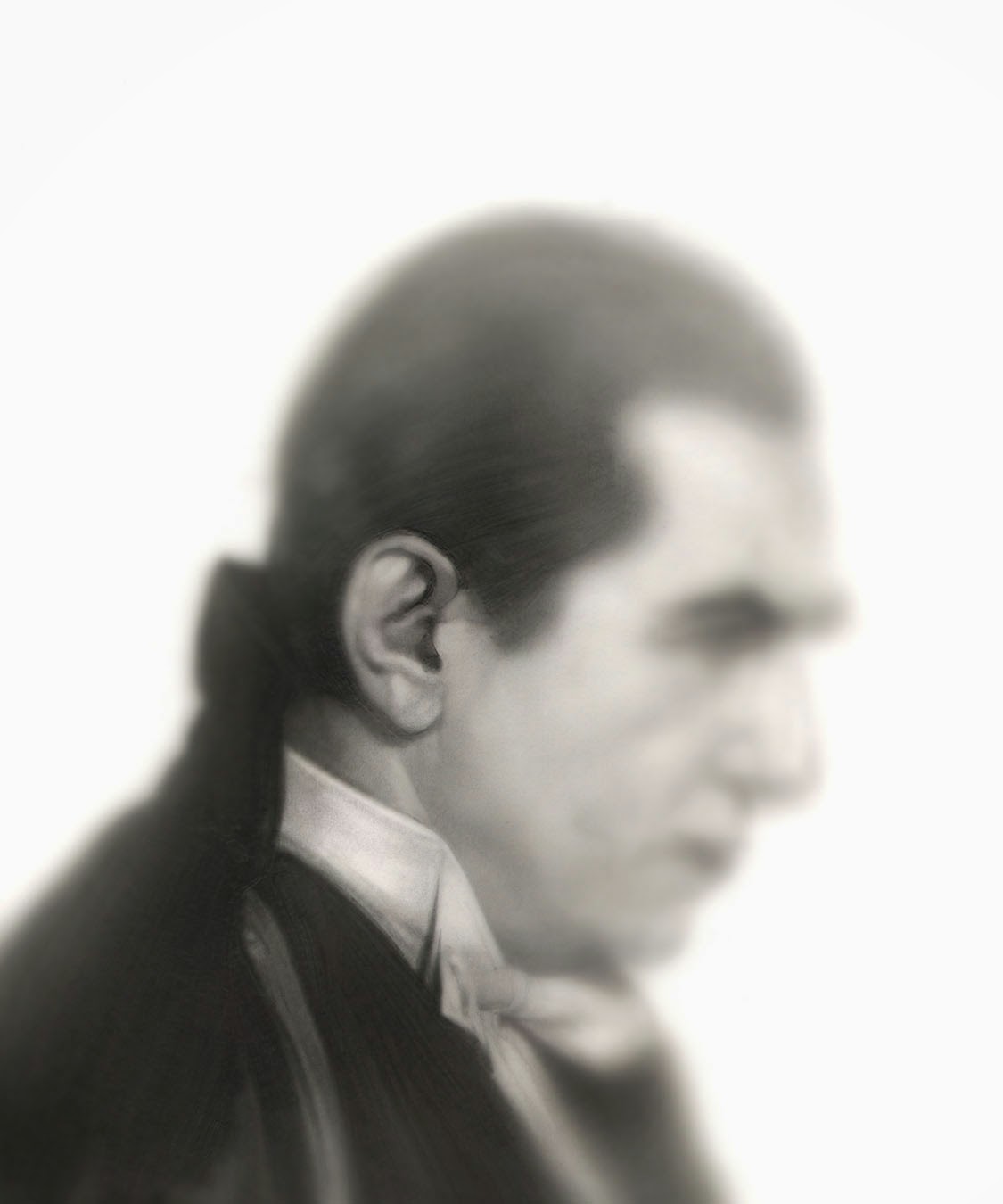
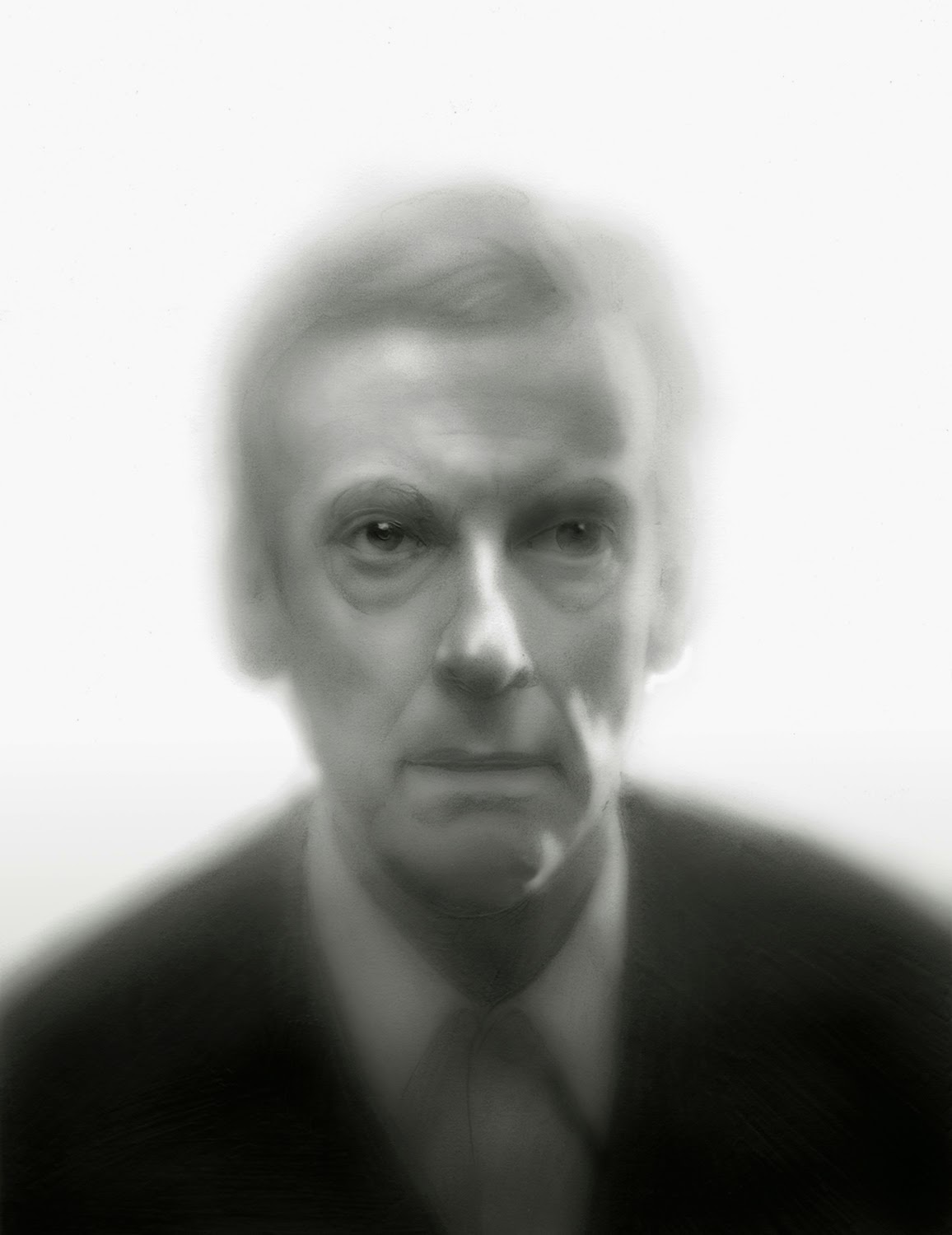 |
| Peter Capaldi |
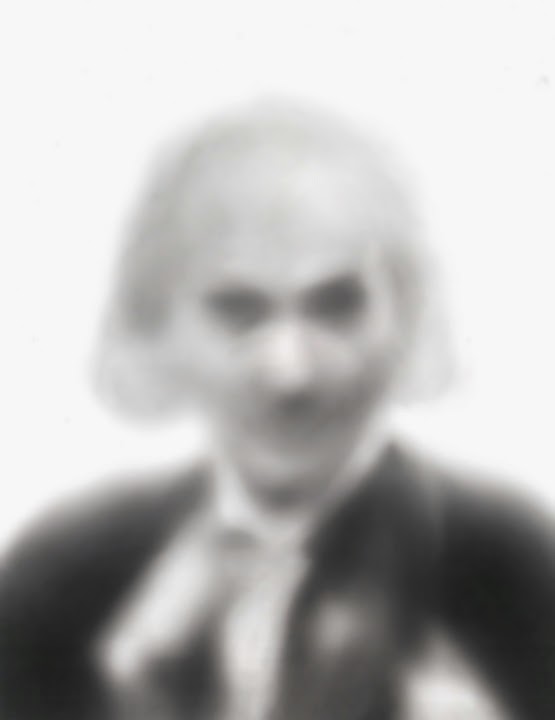 |
| William Hartnell |
I decided to start with the latest iteration, Peter Capaldi, and then do William Hartnell as the second piece so I could set me goal posts between the two. And while the differences between these two are stark, the rule got cheated when the content demanded it, as you will see below.
I’m all for fences and rules until the get in the way of purpose, then they should be scuttled. Especially when I’m the one making the rules. I mean if you can’t enjoy being boss, then what’s the point right? This is after all, a self-assignment and as long as I stick to the consistency of medium, size and shape and delivery date… the rest is flexible case by case. My favorite turned out to be Matt Smith, perhaps because of all the Doctors, his is the face I loved the most. A quirky madcap nutty professor man-child time-God will always win the day with me. Plus he made fezzes and bow ties cool again (as if they ever weren’t).
 |
| Matt Smith |
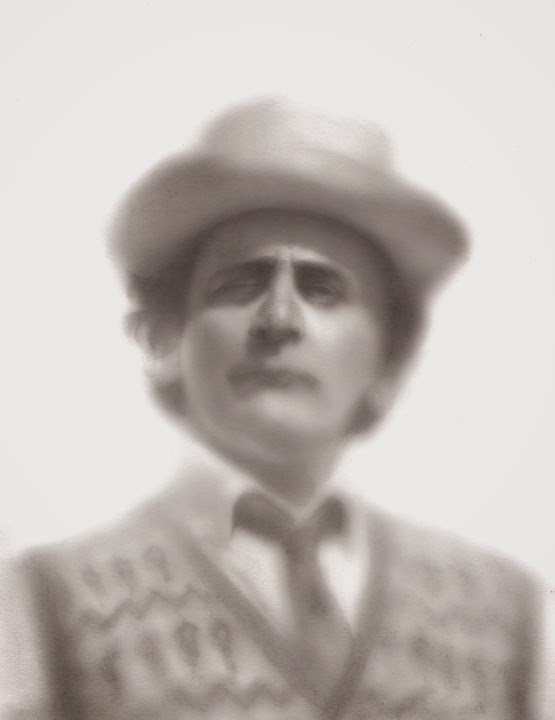
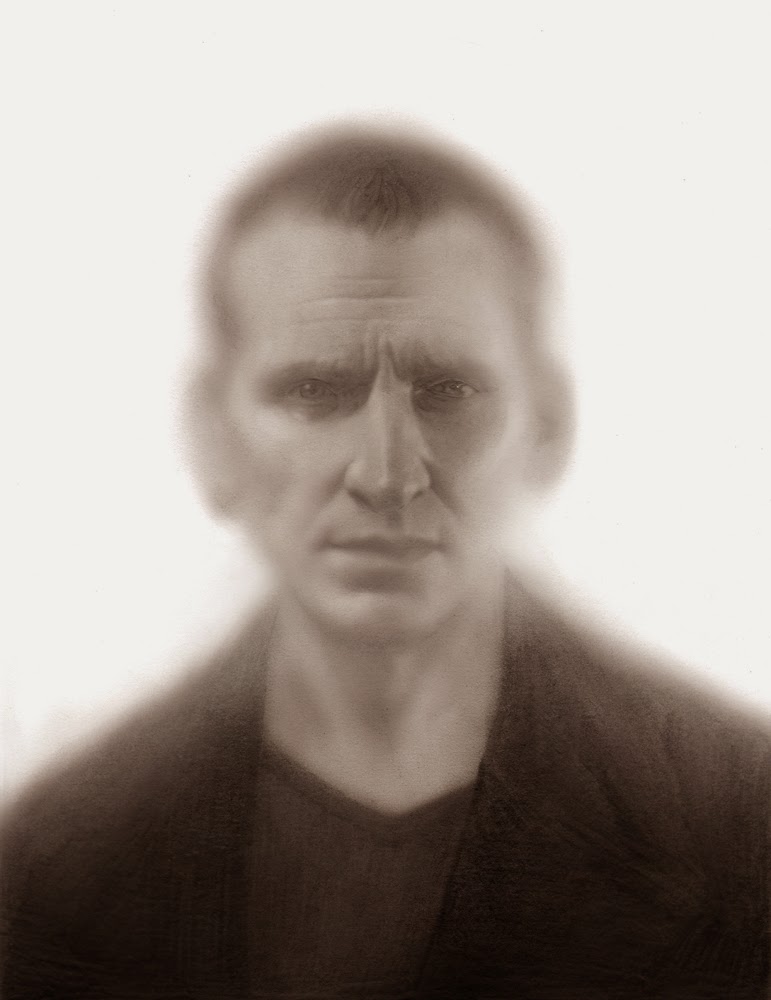
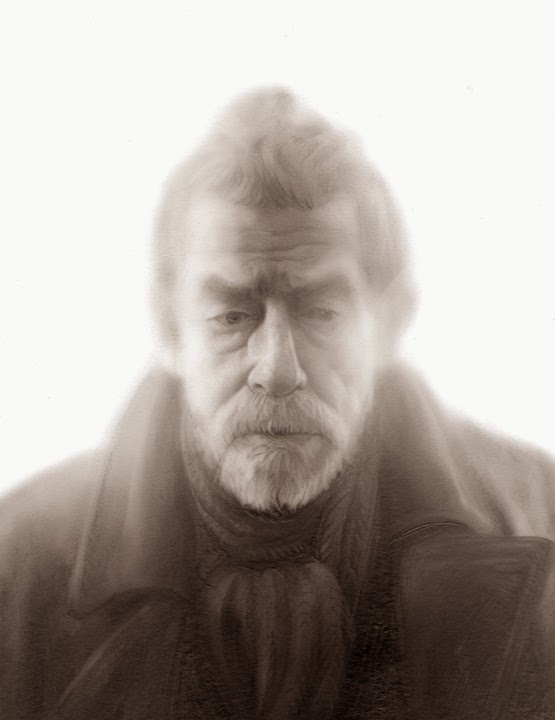 I also decided to cheat the canon slightly with Moffat’s cheating by featuring John Hurt’s War Doctor as the proper #9 off setting the following four’s count as a result. Its a storyline that came forward when Eccelston arrived and had been an underlying character burden for every iteration after making him the sole survivor of a race of people he himself killed off. It added a darkness and a core to his purpose that haunted every action and explained his travelling. One of the themes for Well’s TIME MACHINE that I’ve always loved to see crop up was this notion of time and catharsis. Can you move through enough days and weeks to escape regret as if it were a locale rather than a simple emotion? Could a genocide like the Doctor ever outrun his actions or save enough people to reconcile that genocide? It’s dark stuff but it’s one of the aspects of the character I really love: The Doctor is a bit scary and spooky. And I do love me some spooky.
I also decided to cheat the canon slightly with Moffat’s cheating by featuring John Hurt’s War Doctor as the proper #9 off setting the following four’s count as a result. Its a storyline that came forward when Eccelston arrived and had been an underlying character burden for every iteration after making him the sole survivor of a race of people he himself killed off. It added a darkness and a core to his purpose that haunted every action and explained his travelling. One of the themes for Well’s TIME MACHINE that I’ve always loved to see crop up was this notion of time and catharsis. Can you move through enough days and weeks to escape regret as if it were a locale rather than a simple emotion? Could a genocide like the Doctor ever outrun his actions or save enough people to reconcile that genocide? It’s dark stuff but it’s one of the aspects of the character I really love: The Doctor is a bit scary and spooky. And I do love me some spooky. 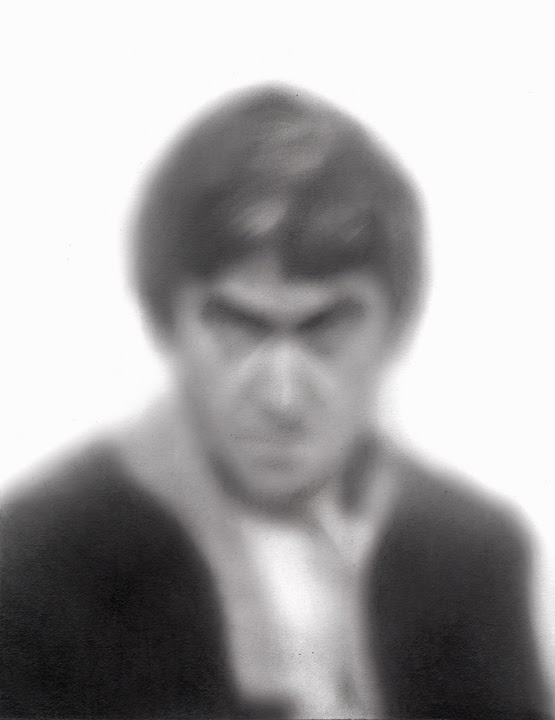 As a disclaimer, I also really came back to the fold of Who via R.T. Davies’ return with Eccelston. These Nu-Whos are the ones I much prefer to be honest. And of them all I am a Moffat man all the way. That said one of my favorites of all really was Patrick Troughton’s, and it follows given my Matt Smith love as in many ways he is Smith’s precursor. Troughton also had I think the greatest burden to carry. He was the replacement for the show’s iconoclast, William Hartnell and because of him we have the whole idea of regeneration to begin with. If he’d had blown it with his audience the show would have died soon with him. Instead he did what is rarely ever done well: He took a role set in marble by a previous actor, and re-owned it for himself. He may well be the first popular actor to really do this, and set the stage for all that followed as a result. His being so different in character also meant that difference was sought after, despite the knee-jerk desire to see the same type repeated over and over… Pretty damned impressive I think.
As a disclaimer, I also really came back to the fold of Who via R.T. Davies’ return with Eccelston. These Nu-Whos are the ones I much prefer to be honest. And of them all I am a Moffat man all the way. That said one of my favorites of all really was Patrick Troughton’s, and it follows given my Matt Smith love as in many ways he is Smith’s precursor. Troughton also had I think the greatest burden to carry. He was the replacement for the show’s iconoclast, William Hartnell and because of him we have the whole idea of regeneration to begin with. If he’d had blown it with his audience the show would have died soon with him. Instead he did what is rarely ever done well: He took a role set in marble by a previous actor, and re-owned it for himself. He may well be the first popular actor to really do this, and set the stage for all that followed as a result. His being so different in character also meant that difference was sought after, despite the knee-jerk desire to see the same type repeated over and over… Pretty damned impressive I think. 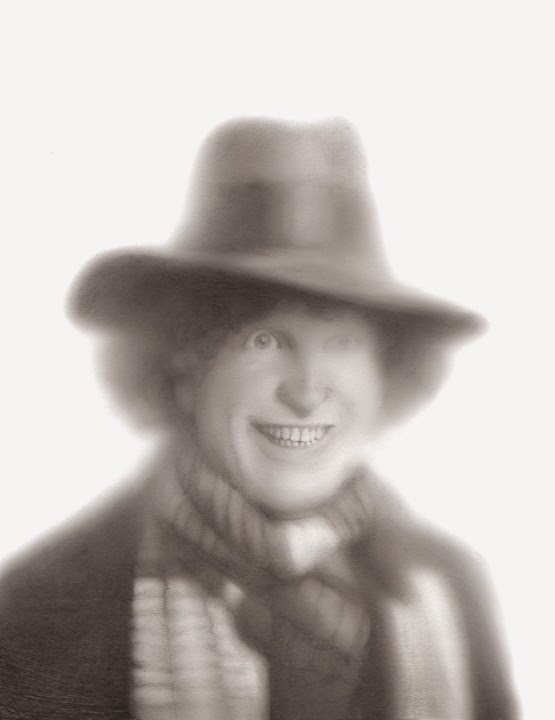 |
| Tom Baker |
So. How were these made? Well I had some nice cotton rag paper cut into 8 1/2 x 11 sheets, and after some quick mapping marks and under-sketching, set out working on them in earnest. I never had time while doing these to scan progress shots or step by steps I’m afraid. I seem to only think of doing that kind of thing long after its too late- like now. But with the earlier portraits, I would find the areas of most detail and begin there. I always like to start with the eyes, because that’s where it all swims or sinks, really- especially in portraits (and taxidermy). You blow it with the eyes, the rest doesn’t matter. And there were times where I had to tear it up and start anew- I think I had to do David Tenant at least three times to get him right to be honest. In any case, once decided, forever learned. I tened only to have to redo one of these once more after this )I spilled single drop of water on the face of John Hurt right after I finished it, and it meant having to do him all over again. Or live with what looked to be a sizable zit below his eye. Which I could not.
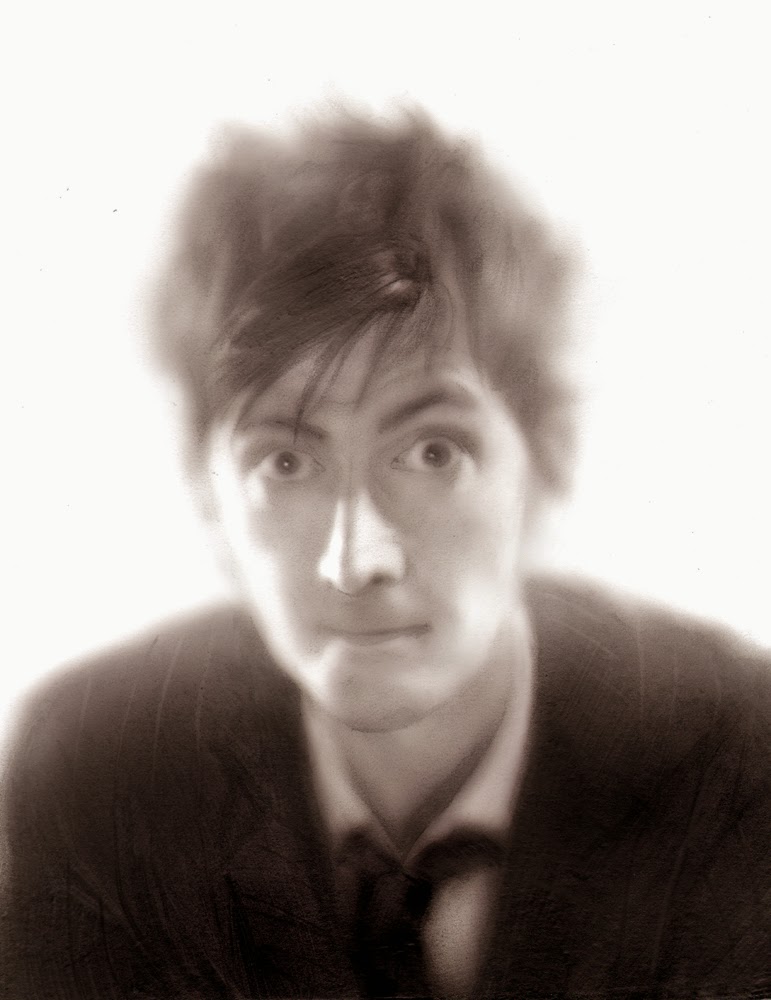 |
| David Tennant |
It would be the latter ones that made the challenge of drawing out of focus the most tricky. Largely because it robbed the pieces the usual crutches of detail to denote who they were. I honestly wasn’t sure if they’d “read” at all given this technique. How blurry could you get before they simply got lost to the cloud of graphite? Turns out with these distinctive fellows, you could really out there and the center would hold. Hartnell was the most obvious success of this in that he’s almost entirely identifiable in silhouette given his hair, gate and costume. With these and the bliurriest aspects of any of these portraits I used the side edge of a sharpened pencil to lay down, very gently, the marks. Once that was done I would immediately use the high tech studio tool and secret weapon of all of these… my finger, to then rub the hell out of those areas and blue them.
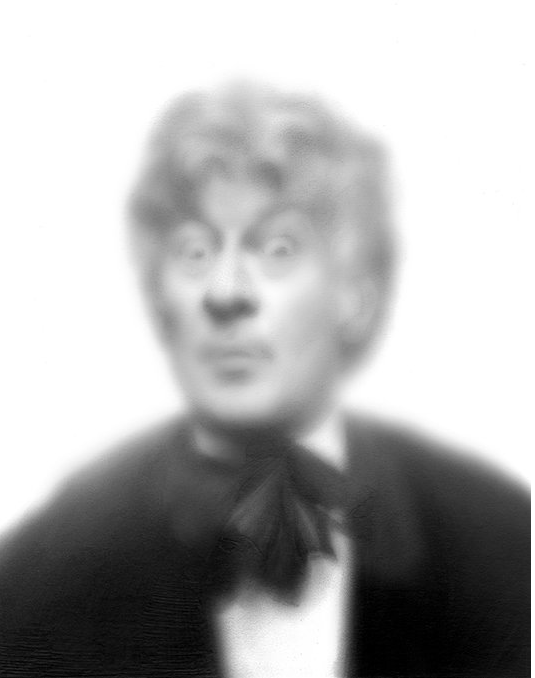 |
| John Pertwee |
So in the end, we have our family. I confess after doing the last of these it made my eyes water as they consistently attempted to focus the out of focus drawings. Something which I was happily surprised with. I love conceptual theory and science around how we see and perceive the world, and this pointed out and wiggled a weird little part of how we see. We as a hunter species have our perceptual vision centered around focus and isolation- this comes from our ancient survival necessity to pull prey and threats out of an environment so that we could properly eat or run from them. We still carry that legacy with us today as seers, and it uniformly dictates how we see the world on a daily basis. That said, this habit can be suspended or at least unlearned for short periods of time, the greatest surprise from these was how it tickled that singular aspect. I love how it makes me squint even though I know squinting will not bring them into focus. The art bites back. Every time I do these

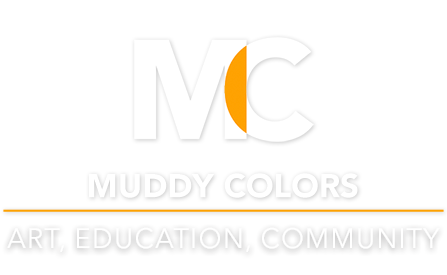

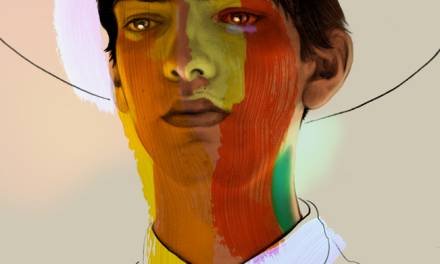

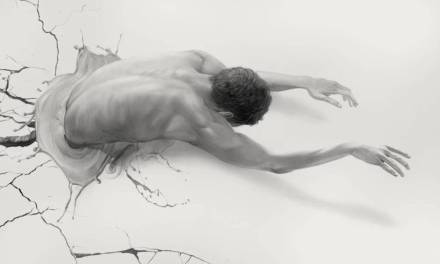
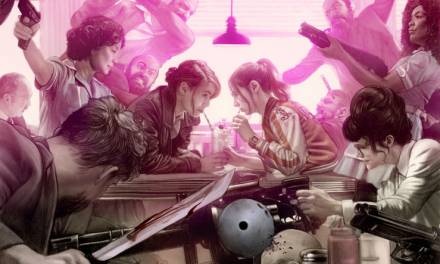
Fantastic work, Greg, and congratulations on reaching the culmination of the project. I enjoyed reading about how your eyes tried to correct the image. It must have been bizarre to work that way for so long – normally we blur our eyes to try and view the generalities of the model, helping us to work it capture it more exactly. Here you are reversing that. What a fascinating way to think about drawing and what it can do.
Thanks- It really has upended my normative habits for how I look at work now. We take for granted how we see in lieu of what we're looking at to such a degree we forget how flexible and even vulnerable it can be. It's also a clarion call for all of us artists to pay attention to the power we have when composing a piece of work, to steer, manipulate and control how and what is seen by the viewer. It gets in between thinking and response so even the most sophisticated of viewers can be made to succumb to the wiles of the artist. This is proven by the often disregard we have for the impossible achievement of scratching out a few marks on a flat surface and triggering love, hate, sadness, memory even smell and taste. This ongoing weekly act of codified hooky has been an endless surprise. Can't wait to get roaring on the next series this February.
I was thinking the same, how does the brain even cope with this? I've tried often to get away from the “perfect” classical representations, it's the hardest thing to do. This is very impressive but it makes me feel like I've forgotten to put my glasses on 🙂
Thankfulness to my father who told me on the topic of this web site, this
blog is really remarkable. Obat Mata Plus
I’ve been surfing online more thаn 4 hours today, yet I never found any interesting article like yours. it is pretty worth enough for me. Obat Arthritis
In my view, if all web owners and bloggers made good content as you did, the net will be much more useful that ever before.
Obat Herbal Kista Ginjal Cara Menurunkan Gula Darah Tinggi